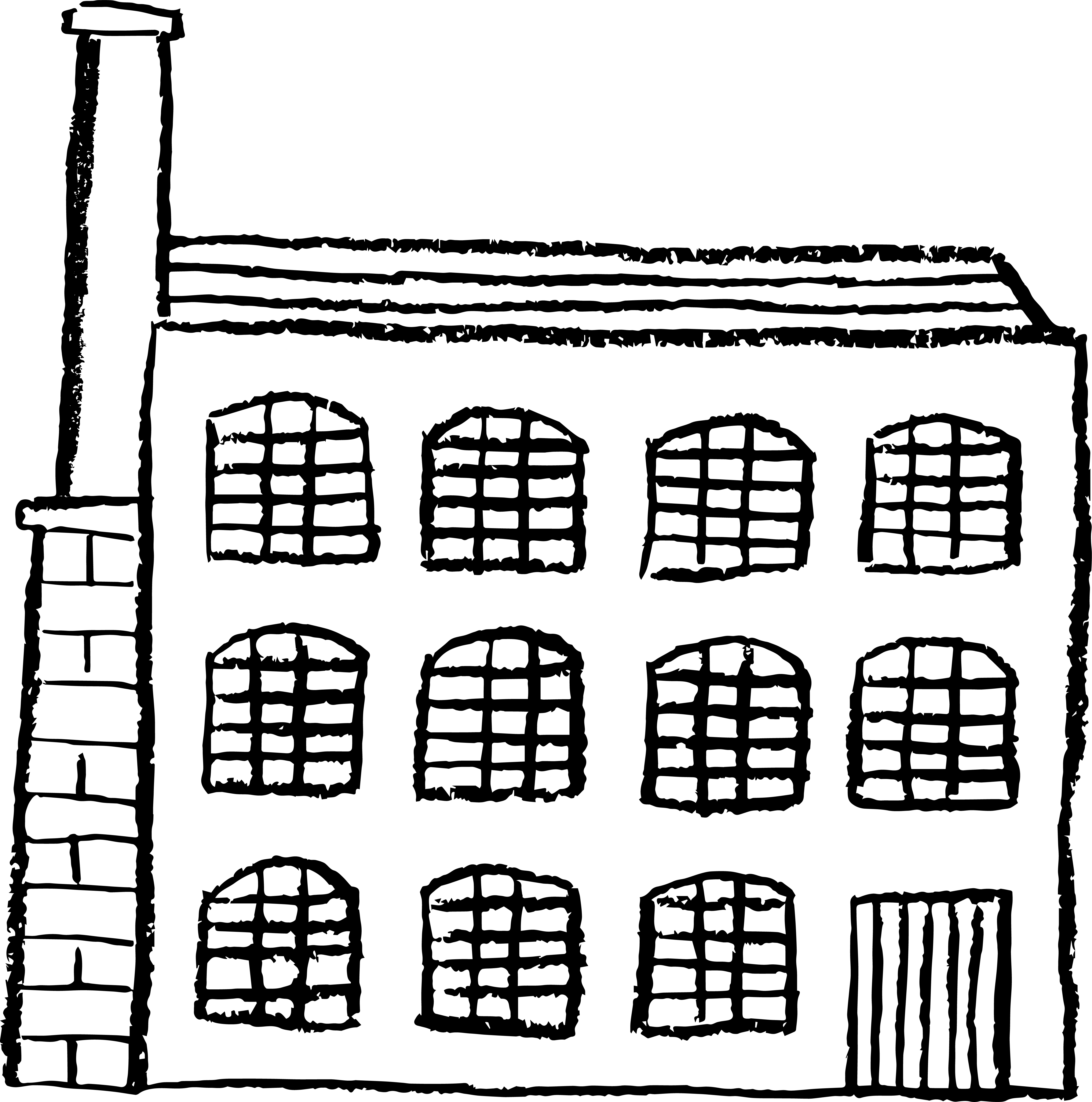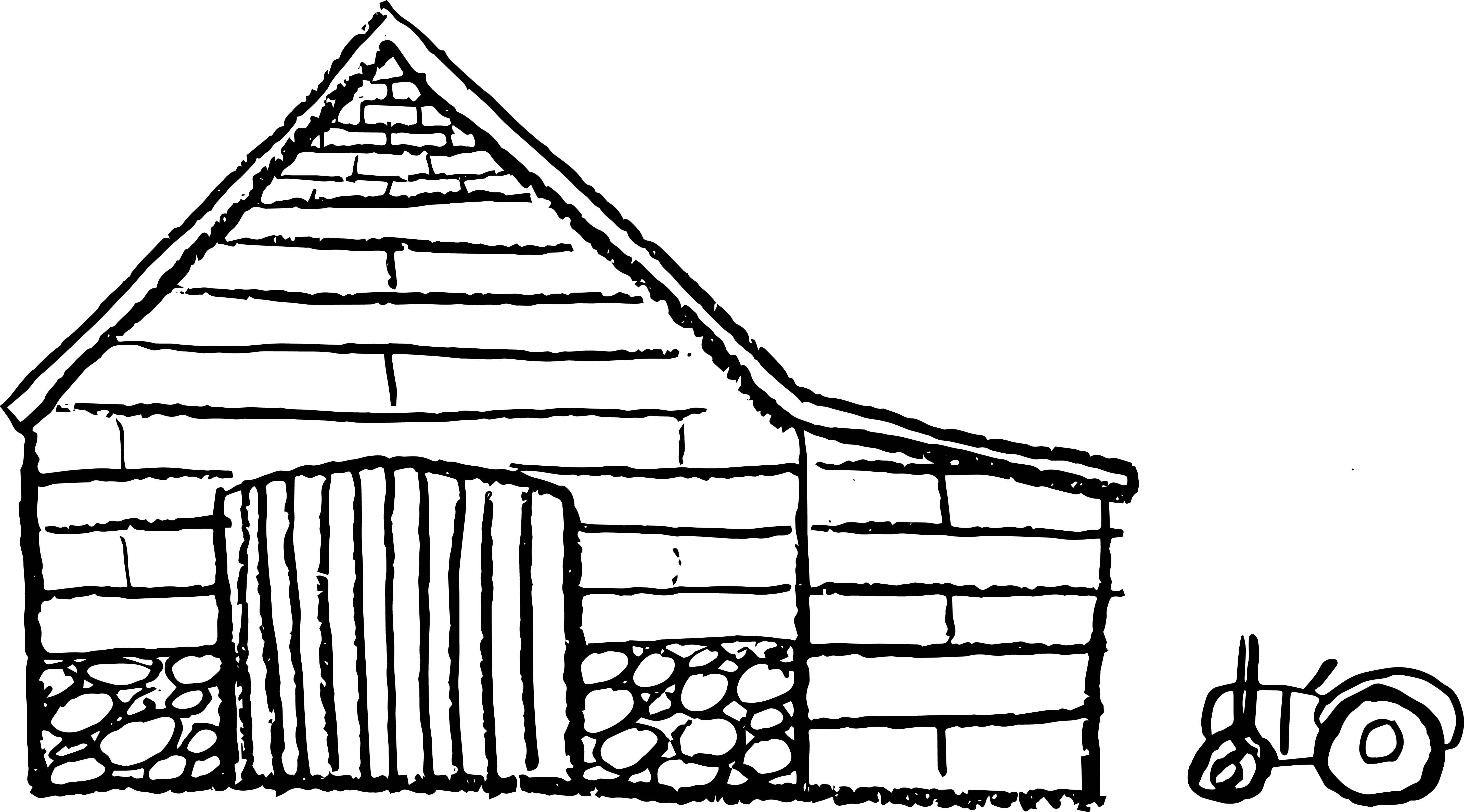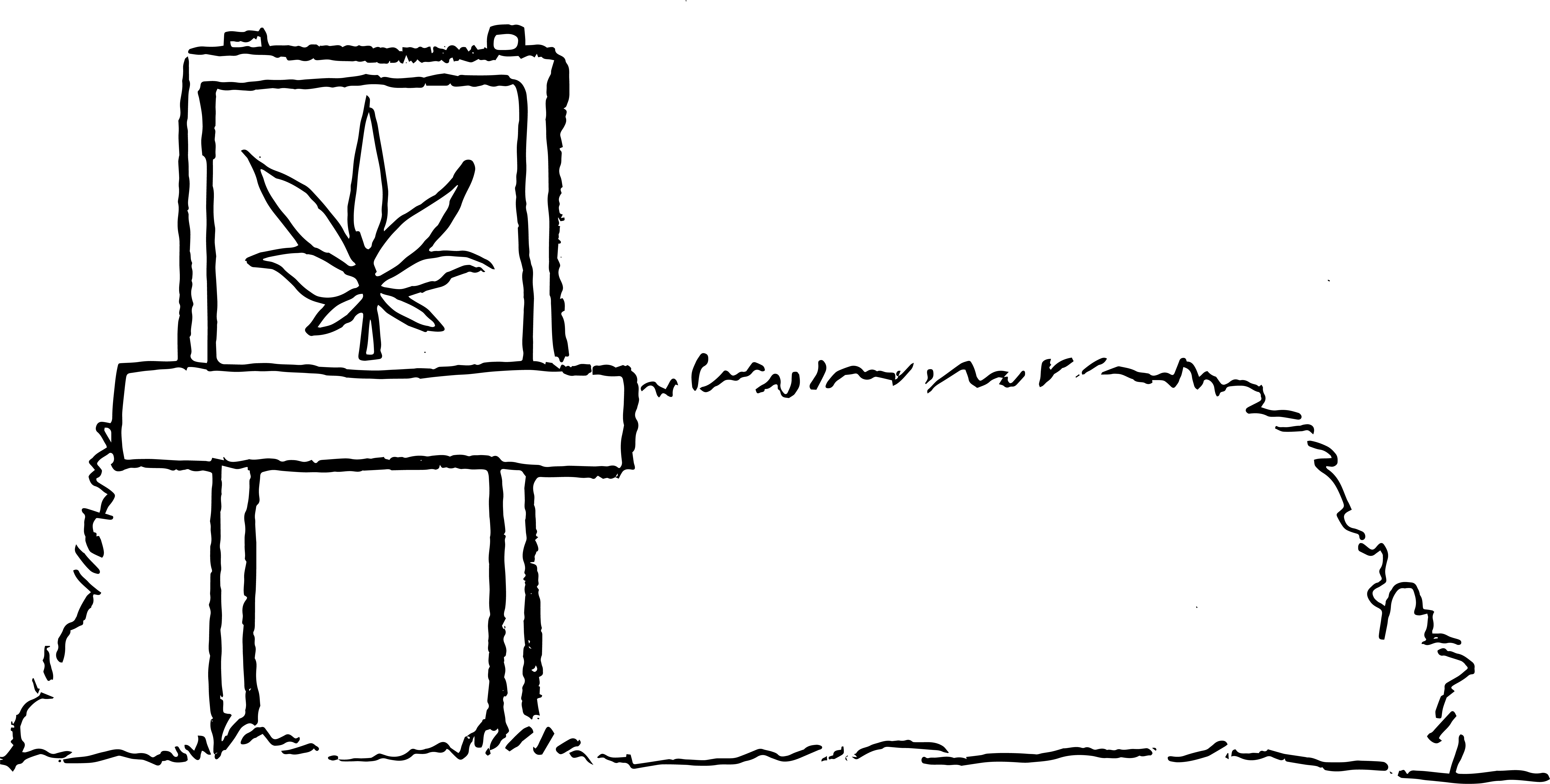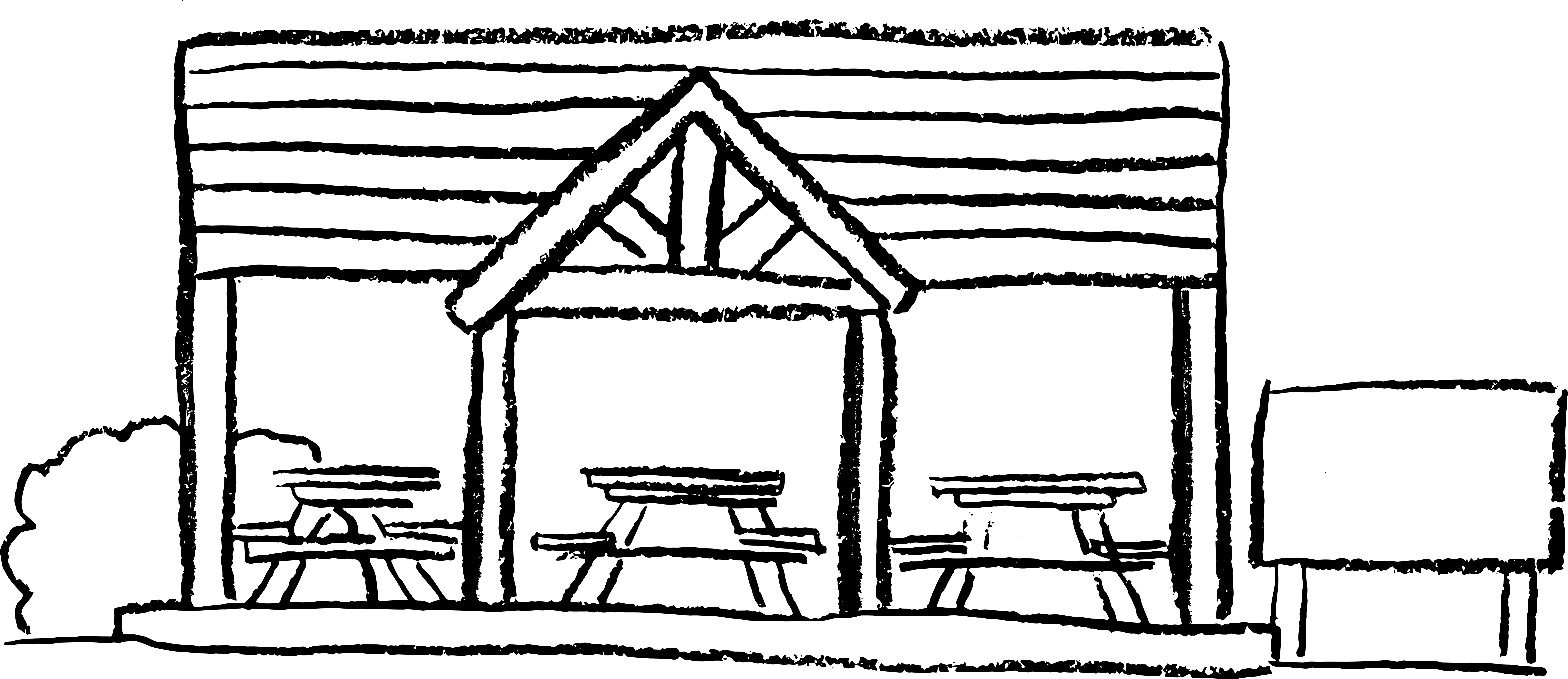This is part 2 of our Impact methodology blog series you can find the first one here.
The main section of our impact measurement workshop revolved around a theory of how design fiction can be used to create imaginary scenarios in which we can trial and learn different impact measurement techniques. Too often generating an impact methodology at such an early stage in the project, prior to community consultation, can lead to vague indicators that do not capture the essence of the work. By using these fictional scenarios we can be so much more specific in our measurement allowing us to come together collaboratively to share knowledge and identify the issues that we may face.
To bring this idea into reality we created three different fictional scenarios based on three of the ideas outlined in the initial application. These were;
The Woolen Mill: Materialising History
The village has a local woolen mill that has been closed for 50+ years, which used to make woven tapestries whose design was unique to this region. The mill used to employ many people living in the village, and it linked up with local sheep farmers in the wool supply chain. Sadly the history of this industry is being lost within a generation.
To commemorate this history, you are developing benches, designed with residents, made from a wool/resin composite, with plaques with information about the mill, to be positioned round the town in public spaces for people to sit.
Other information about the village: older people are struggling with social isolation and low levels of well-being. Younger people are leaving the village because jobs and education are better elsewhere. Most of the structures in the village are over 150 years old
Your Fictional Project:
Hemp Living Lab
You are working with local farmers to set up a field to grow hemp, and temporarily inhabit a neighbouring building to conduct ‘live’ research on the many uses of hemp, from food to fuel to fabric. You are trying to involve different demographics in the community in this process. Research is carried out on responses to this new crop, and whether involving young people in it influences their attitudes towards leaving home to find jobs or not.
Your Fictional Project:
Local Hydro Generator & Outdoor Museum
Your project entails installing a hydro generator in the river running through the village to generate electricity for local homes, allowing the community to benefit from off-grid power at a reduced cost. You are also installing an outdoor museum near the hydro with displays about the electricity it produces, green energy and the jobs linked to it, as well as the local ecology. Even though it’s a piece of modern technology, you aim to situate it in the natural and historical context of the village.
Other information about the village: older people are struggling with social isolation and low levels of well-being. Younger people are leaving the village because jobs and education are better elsewhere. Most of the structures in the village are over 150 years old.
After splitting into three groups the participants were introduced to these ideas and led on their impact measurement journey, through this fictional village.
We asked groups to familiarise themselves with fictional community projects and collectively come up with a number of impacts for these projects that reflected our collectively-agree ethos for impact methodology, consisting of the four core values derived from the previous whole-group exercise.
For this exercise each group was led to their own ‘Village Hall’, where they found a number of comments based on the profile of their fictional village and their specific scenario. These comments were meant to reflect the sort of comments you might experience at an initial community consultation and are meant to represent the issues that the village may be facing indirectly. For example, older people complaining about the behaviour of younger people in the village could represent poor intergenerational cohesion, or litter in public spaces may be about community pride.
The next exercise took the impacts that we had just developed from the community input and looked at how we could apply these impacts to the ‘Windows on the Future’ framework as developed by Politecnico di Milano. This framework outlines 5 thematic windows into which we placed the developed impacts into. We then took these impacts and applied them to a scatter plot graph with two scales, along the x-axis defined short to long term impacts, and along the y-axis was small scale to big scale impacts. The purpose of this exercise was by placing the impacts on this scale we can see that we may be focusing on only large-scale long-term impact and how to reformulate these ideas into something that may be more easily measured over a short-term period. Impacts don’t always need to be grand achievements, recognising and planning for the small scale site-specific goals is an important skill.
.
After developing additional impacts along with different scales a selection of impacts were taken to the next activity to explore how we may create indicators from these impacts. We brought in the SMART theory to help the participants. This stands for specific, measurable, achievable, realistic, and time-bound, this helped the participants consider the specifics of their targets, really thinking and discussing how to formulate them. Each indicator went through multiple drafts with each one raising interesting questions such as, how may we create a measurable indicator that focuses on qualitative rather than quantitative data?
The specificity of these indicators was important for the next activity, creating the tools to measure. We asked the participants to choose a tool and frequency for each indicator. This made everyone consider exactly how these indicators may be measured and with who within this fictional village scenario. This is an example of how this workshop encouraged not only wide reaching theoretical discussion on impact measurement as outlined in the previous blog but also how we can use design fiction to learn how we can develop specific approaches in relation to given context. Furthermore for each indicator, we asked our groups to tell us why this specific tool and frequency may be used. We provided example frequencies and tools as we wanted to really inspire an innovative approach to measurement that stretched beyond simple surveys or observations, that really considered how to engage different audiences.
The final exercise was a simple idea generation activity to think about different communication strategies. After such a structured and targeted run of activities, it was important to finish on something simple and unstructured.
Next week we will be looking at the results from this workshop, and exploring how we can gather data from co-created workshops in order to inform methodology.







